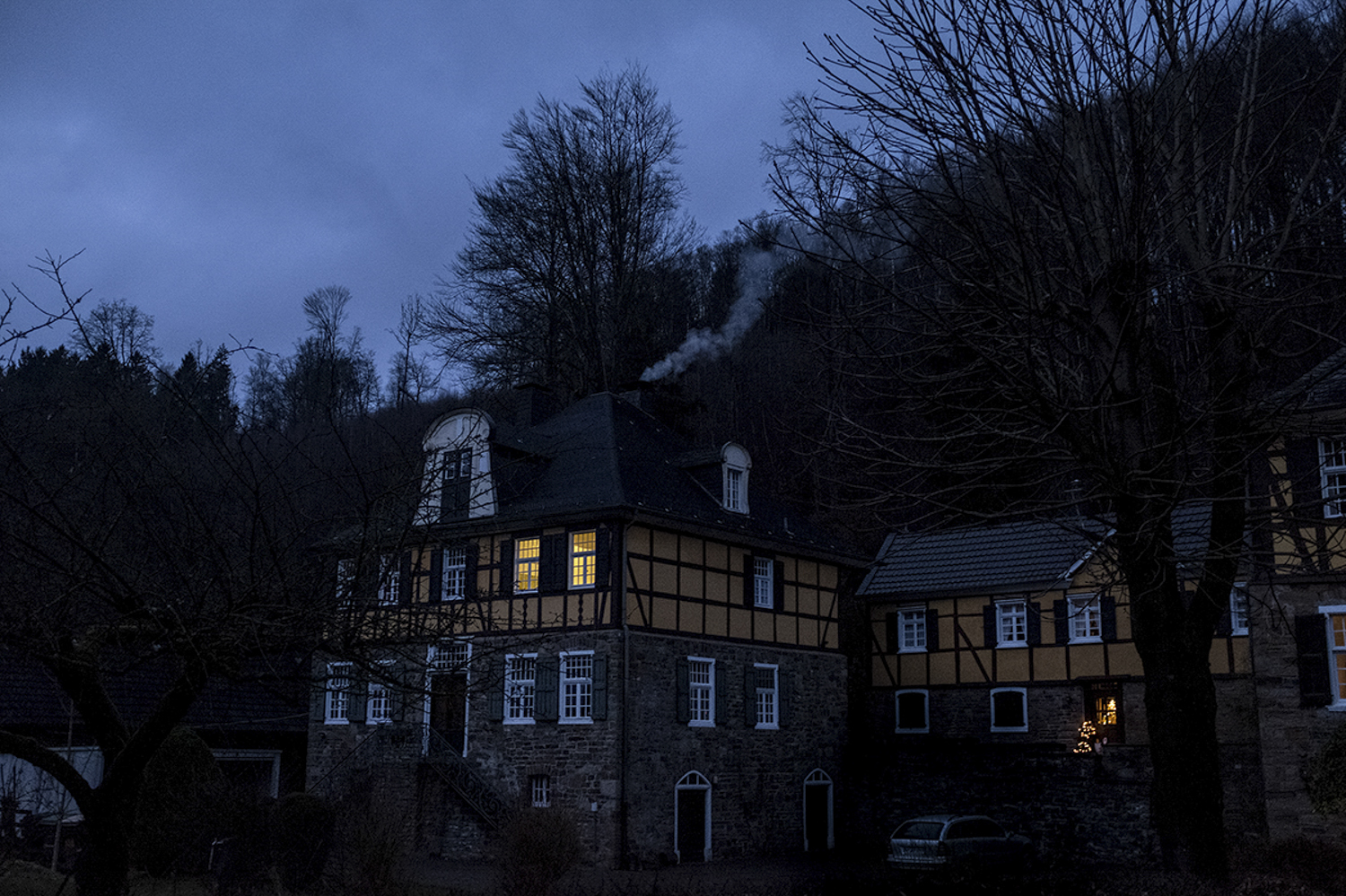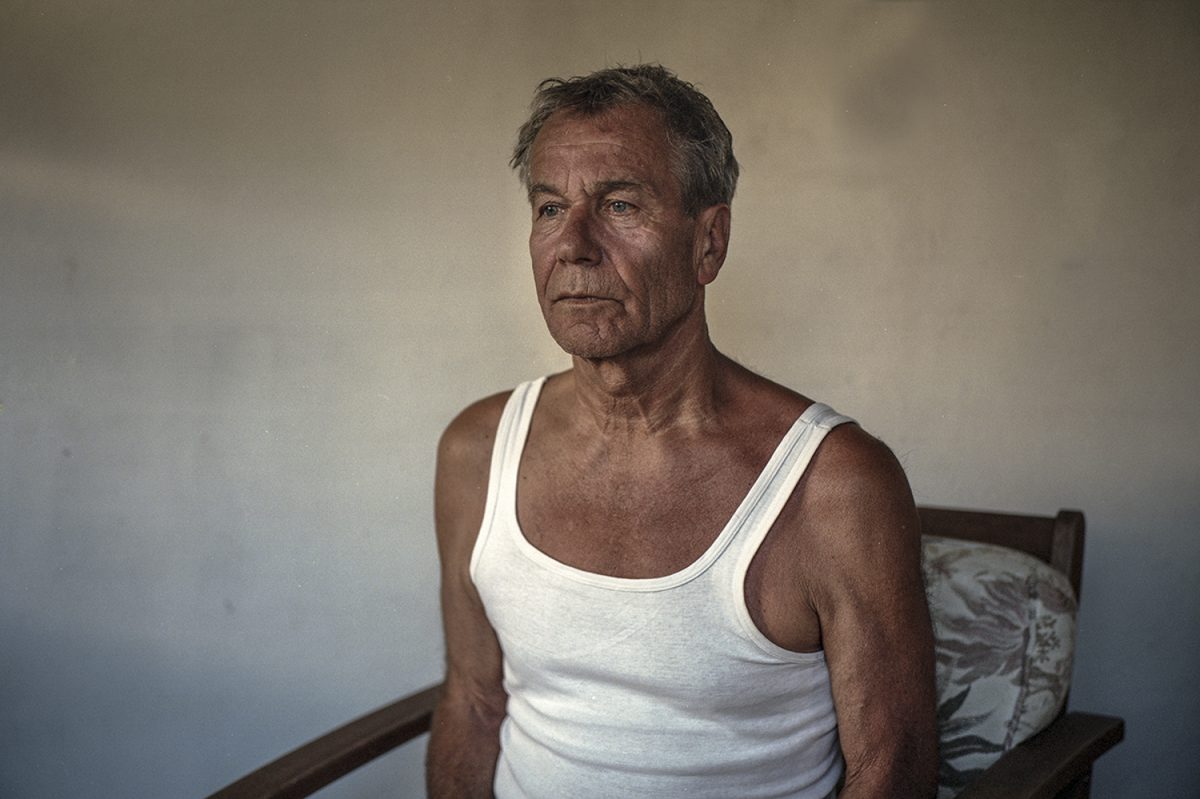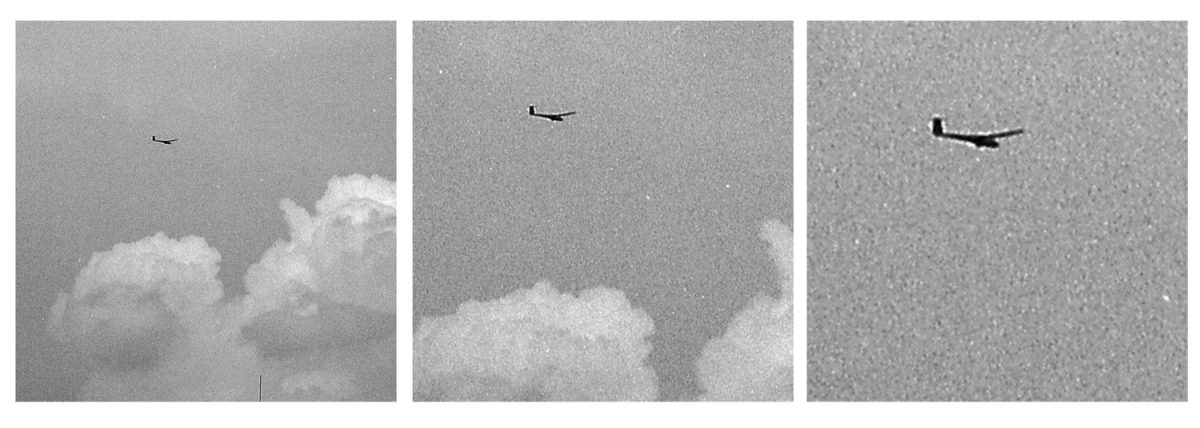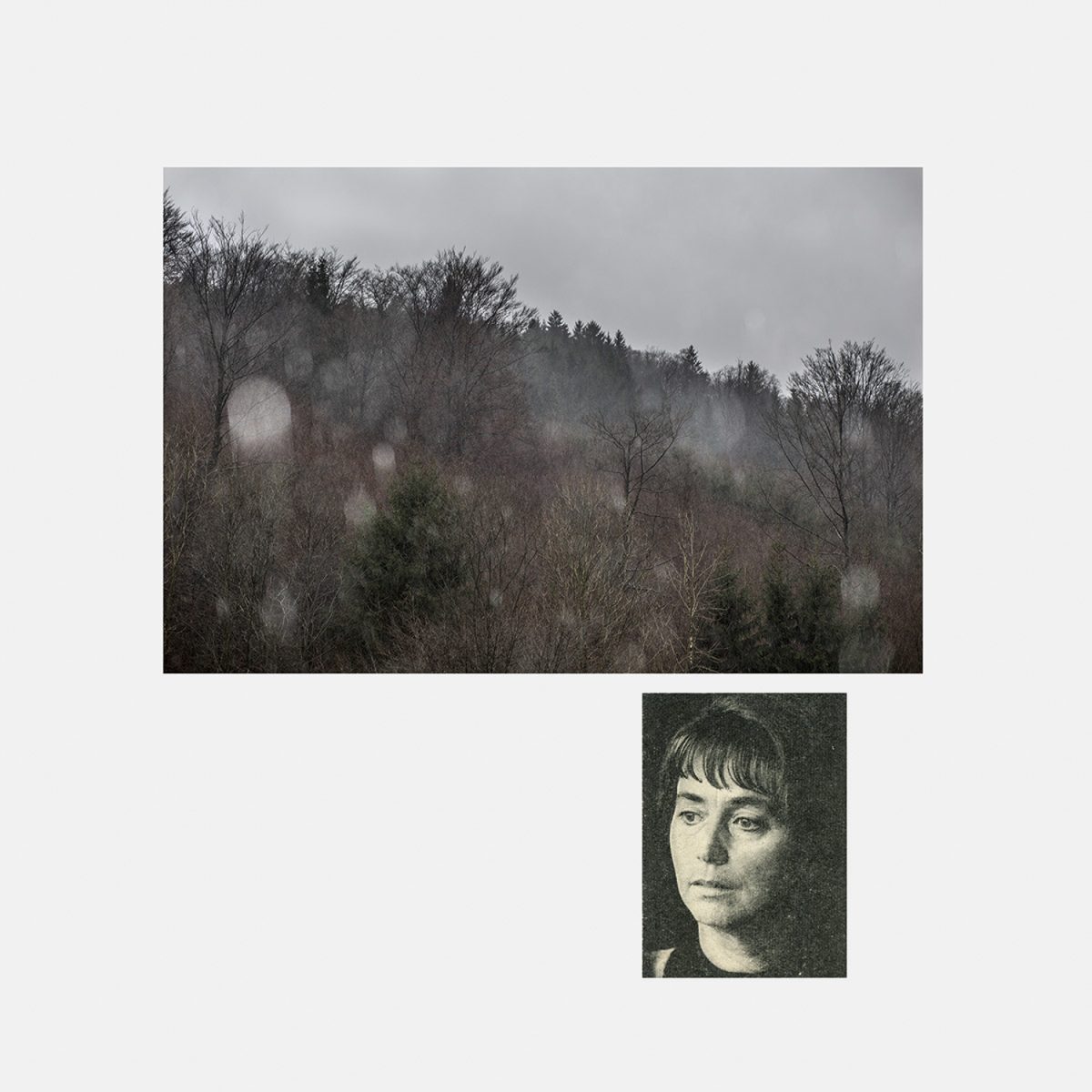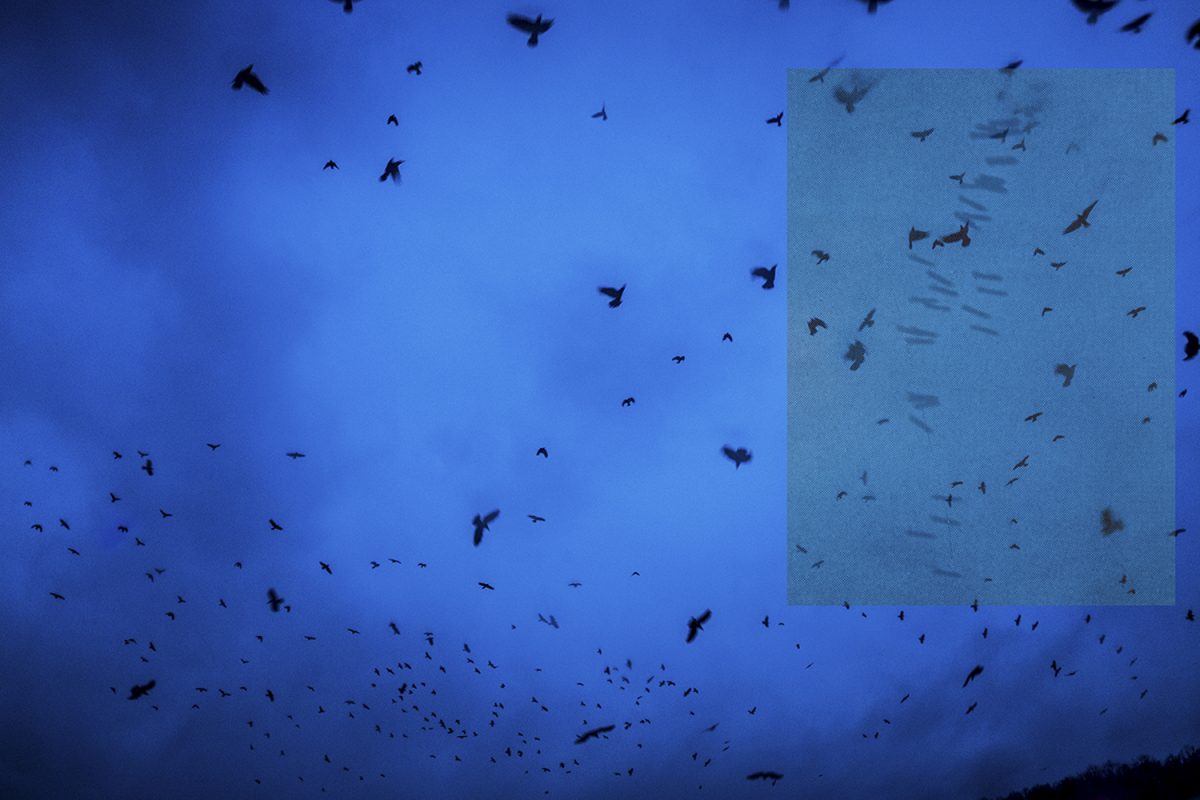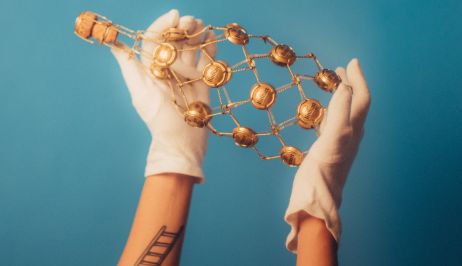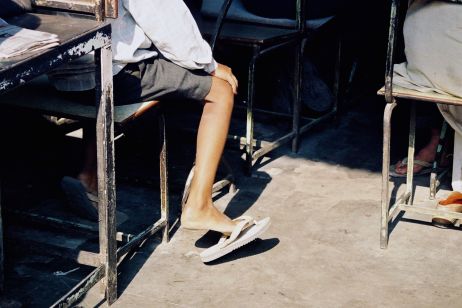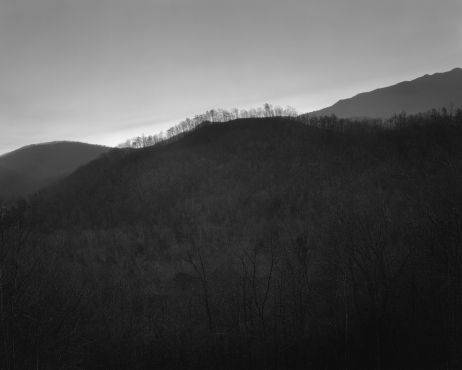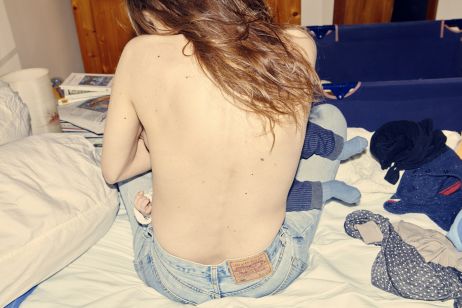“Zukunft” (German for future) is a series that comes from the past. Photographer Sarah Pabst evokes the German experience of World War II, and the way her family deals with its memories. The work is a warning about the world’s threatening future, but it’s also a personal journey to make peace with the shadows of the past. As a finalist of the Voies Off Awards 2017 in Arles, her work is currently exhibited at the Organ Vida Festival in Zagreb.
For Sarah Pabst, sometimes it’s necessary to travel far away to be able to see again. It took the German photographer 10 years of living in Argentina before she could confront her country’s past. For years she’d had trouble reconciling herself with her nation’s history. Her grandfather escaped from the Nazis by joining a group of Romanian prisoners, and her father would express disgust whenever he saw Germans wearing their national colors or carrying flags. “The efficiency, the logistics of the Nazi operations, these are all ‘typical German qualities’. How can you not feel guilty or ashamed for what your country was able to do?”
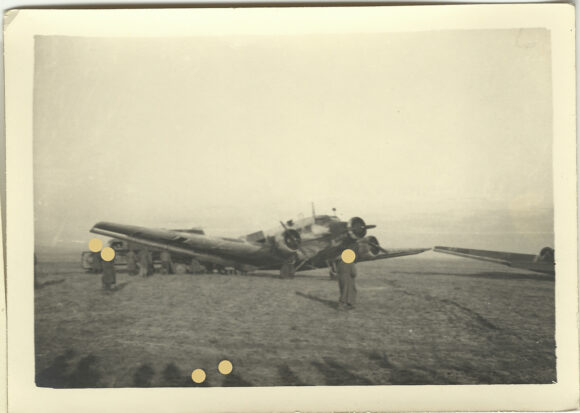

“Multi-layered as human life”
Photography was for her a way to deal with these open wounds, to accept and own up to her past while stepping away from it. To untangle her country’s collective memory and allow her nightmares to slide into the past. The series incorporates a mixture of archive pictures, landscapes and portraits. Together, they form a heterogeneous corpus. Sarah used three different cameras: two analogue medium format and a 4×5 plate camera. Though she was initially cautious about associating such disparate genres, the French photographer Antoine D’ Agata encouraged her to hold on to the style because of the way it reflects the multi-layered reality of human life. Sarah’s series recalls her life, in that it’s filled with both past and present situations, ghosts that re-emerge and cyclical patterns. A journey to the hidden corners of her memory, this series embodies the non-linear nature of the human mind. The photographer has altered the archive pictures by placing yellow dots on them as a way to represent the blank spots of memory. The soldiers’ faces are hidden from the viewer as much as they are absent from Sarah’s intimate narrative.
The importance of collective memory
“This series is a set of questions”
, Sarah tells us. “What if I were born at the same time as my grandmother, what if the Waffen-SS had hanged my grandfather for running away with the Romanian prisoners, what if the US troops had arrived some hours later?” Engraved on film, these reflections create an intense and painful voyage. In a white t-shirt, her father recalls the escape of Sarah’s grandfather from the Nazis. “He tried to run away with Romanian prisoners. They were wearing these white shirts as a sign of peace, trying to reach the American line”, she tells us. Her family home, which figures in a photo shot at night-time, was used by high-ranking officials during the war. “The first thing my father did was to cut the flagpole out of the garden”.
“We always say that something like World War II can’t happen again, but there’s an alarming rise of right wing politics in Europe, USA, everywhere.”
Collective memory is for her a necessary tool to face the future. When her brother suddenly died in 2016, she felt that holding on to their common history was the only way her family could re-imagine themselves. It was by looking back that they could start walking Zukunft, towards the future.
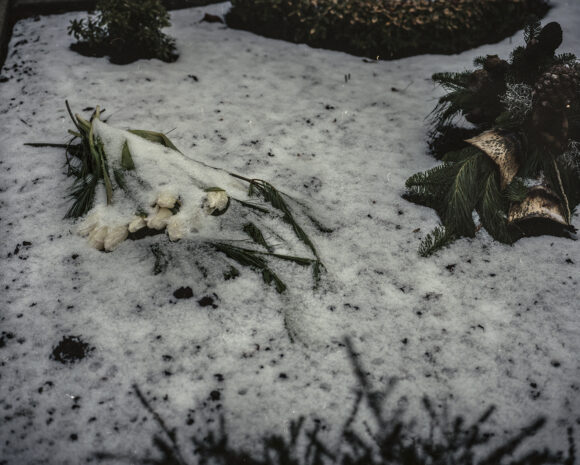
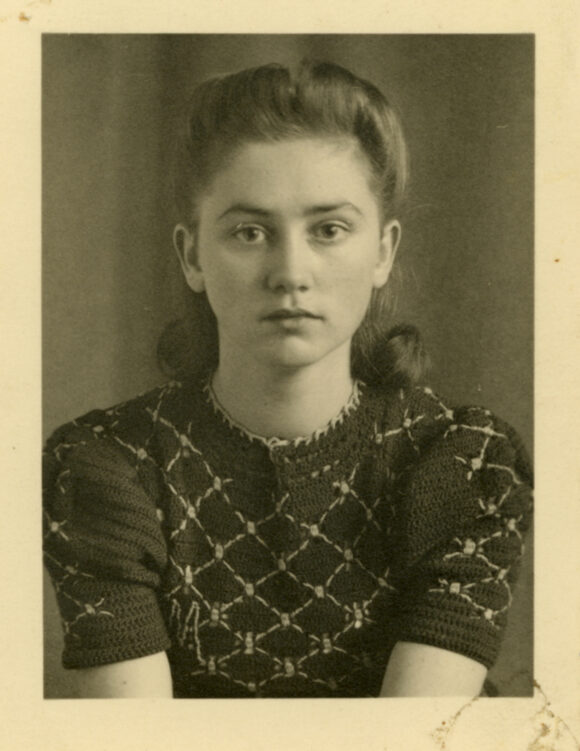
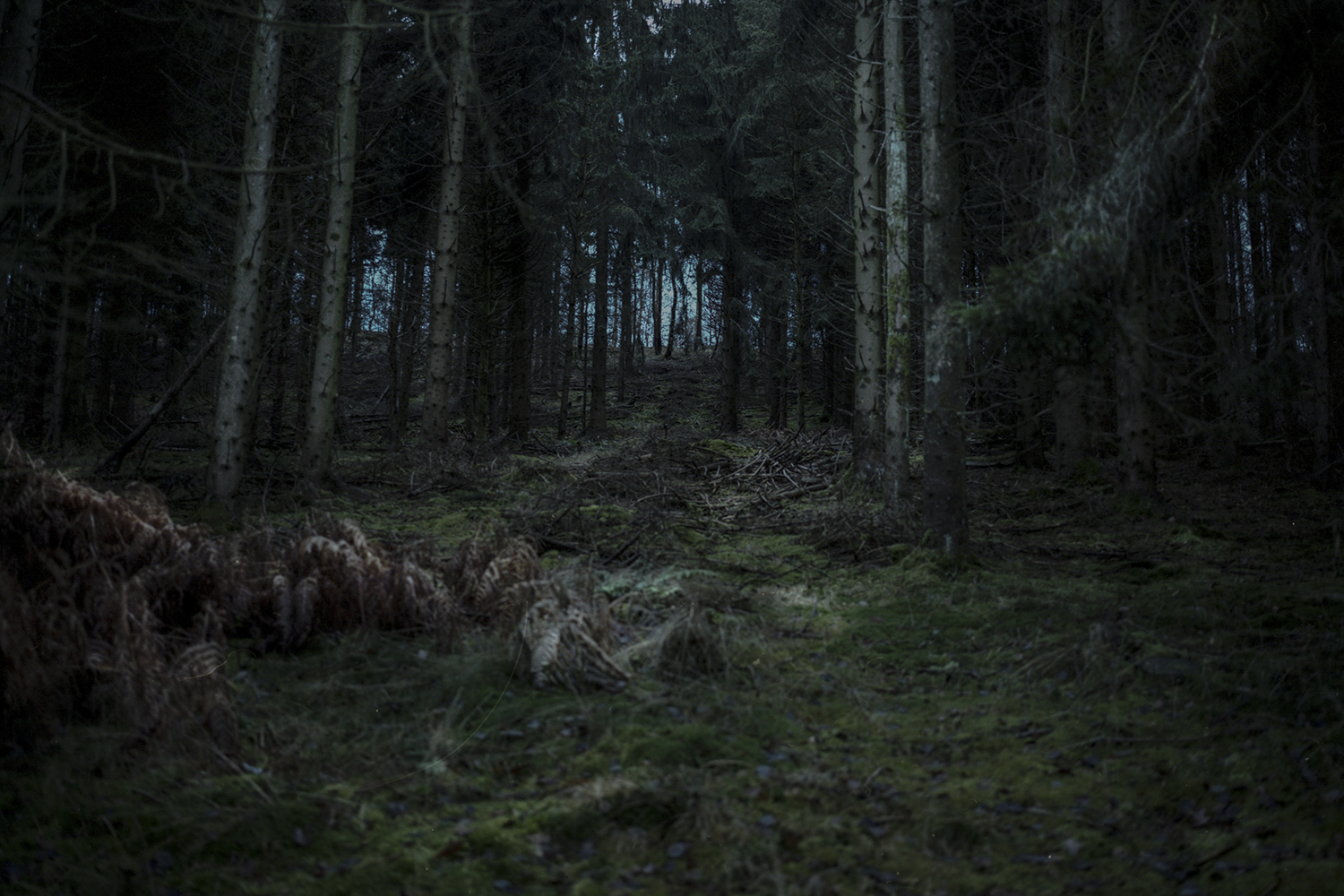
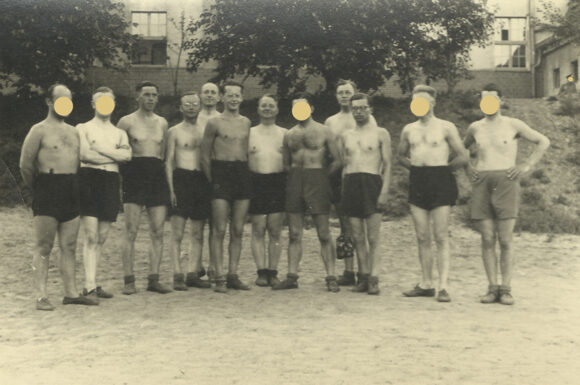
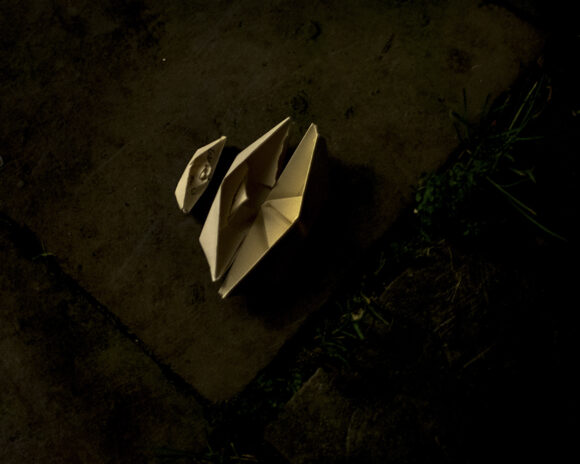

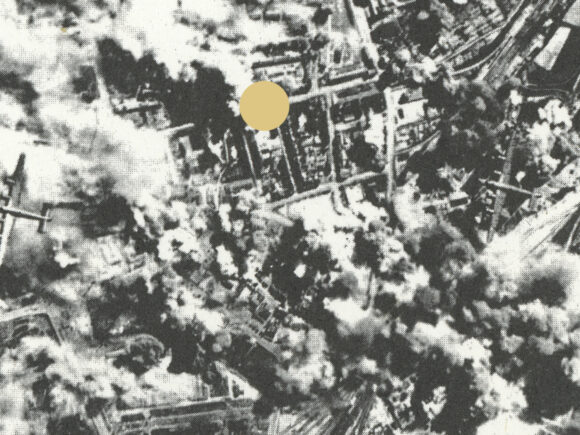
Images from “Zukunft” © Sarah Pabst
